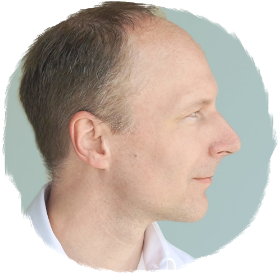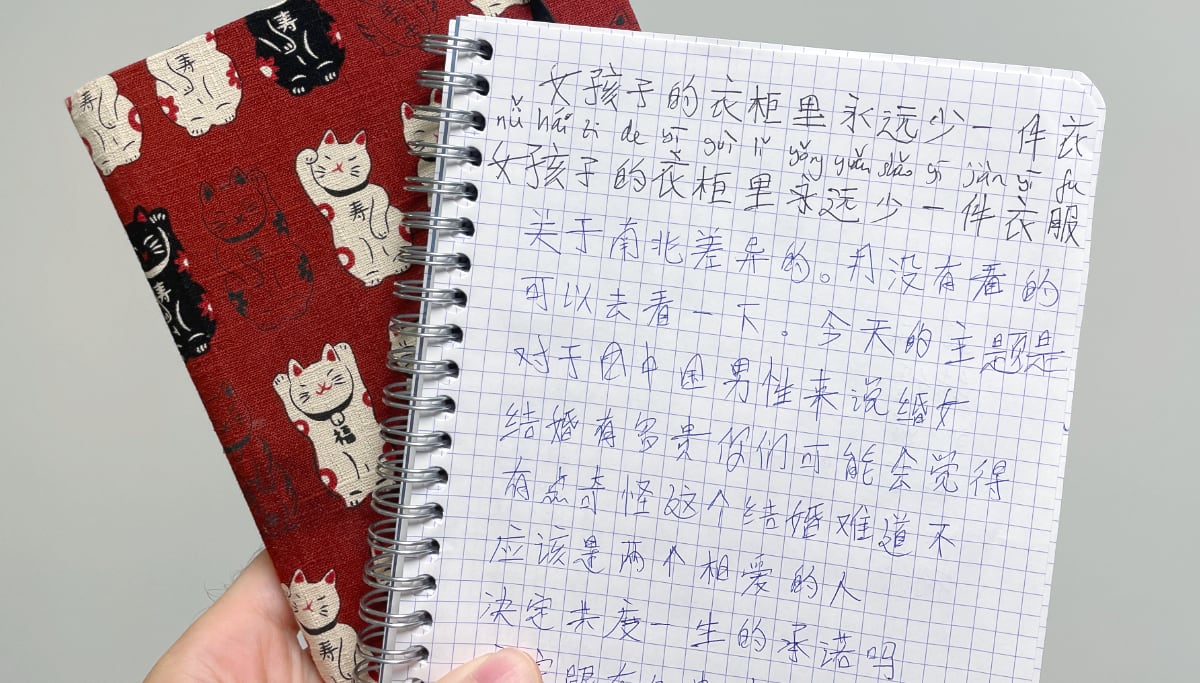I found an interesting comment by Ira Feinstein, Managing Director at Feldenkrais Access, in the blog post / interview / course advertisement titled “Walking Patterns & Your Knees” on the website of Feldenkrais Access, from February 16, 2023:
“I read all of Moshe’s books in my late twenties, but I could only read a page or two at a time without falling asleep. I don’t think I was ready for the information and needed to take it piecemeal.”
I found this a refreshingly honest sharing by Ira Feinstein, and quite similar to my own story:
In Austria, in middle school, we had to read and discuss classic German literature, starting around the age of 12. Really old and hard to make-sense-of texts from bards long gone, but also smooth flowing novels from Hermann Hesse, Goethe, Schiller, Franz Kafka, Stefan Zweig and the likes. By the age of 17 I was reading Wittgenstein, Nietzsche, Wilhelm Reich, Carl Jung, CW Leadbeater, Rudolf Steiner and books like Gödel, Escher, Bach by Douglas Hofstadter for pleasure.
Btw, I never read Hermann Hesse’s Steppenwolf, but at that time I somewhat enjoyed reading Siddharta, a glimpse into the world of mainstream thinking. Most fascinating, however, I found Hesse’s Beneath the Wheel (The Prodigy), a terrible coming-of-age story that severely criticises academic institutions. I probably should have not followed that up with Ödön von Horváth’s “Jugend ohne Gott”, The Age of the Fish for the English Edition. It’s too much for a teenager.
After having gotten tired of literature, religion and the critique thereof, I learned that it was William Shockley who invented the bipolar junction transistor, the basis for modern microchips. I read that the crucial idea came upon him while commuting to work on a ferry boat in New York. I found this fascinating. I didn’t know anything about electronics at that time and decided to go study the craft and mathematics involved at the University of Applied Sciences of Vienna.
I, too, was already 30 years old when I first stumbled upon the work of Moshé Feldenkrais, by accident. And I agree with Ira Feinstein, I found most of Moshé Feldenkrais’s books difficult to read. Some of them boring and long winded, some of them hard to grasp, and some of them hopelessly outdated in the year 2004.
The book I liked most was, “Awareness Through Movement.“ The first part made a lot of sense to me. It felt like an honest sharing, with a sense of practicality. However, the second part, the one with the actual exercises, I couldn’t read much sense into it, let alone try what was suggested. Take this dense blob of a paragraph for example:
“In this lesson you will learn to recognize some of the fundamental properties of the control mechanisms of the voluntary muscles. You will find that about thirty slow, light, and short movements are sufficient to change the fundamental tonus of the muscles, that is, the state of their contraction before their activation by the will. Once the change of tonus is effected, it will spread to the entire half of the body containing the part originally worked on. An action becomes easy to perform and the movement becomes light when the huge muscles of the center of the body do the bulk of the work and the limbs only direct the bones to the destination of the effort.” From the book Awareness Through Movement, Moshé Feldenkrais, Lesson 3, Some Fundamental Properties of Movement
Maybe that’s the kind of verbiage that made Ira Feinstein feel sleepy, too. I myself I just couldn’t dig into it. I had a foot-tall pile of books by and about Feldenkrais in my study but couldn’t work my way through it. It felt even more inaccessible than Analog signal processing back at University. So in order to get the task done I did some research, found out who could help me understand, and then out of necessity and lack of better options I signed up for a 4-year Feldenkrais training—to get access to the original materials and be walked through the material by people who have been studying this stuff for decades already.
At first it felt like a defeat. Me, a snowboarder and skateboarder, a talented mover, needs to take slow movement classes in a retirement home just to understand a bunch of books? In Germany? I went through a whole inner process to get myself to sign-up. Furthermore, due to the high price of the training and the large time investment there was a lot to arrange. Just to understand a bunch of books. Ridiculous. But right upon entering the training venue and seeing the way and quality in which students moved, in which the trainer at the time (Paul Newton) was teaching, in a split second everything in me was consolidated: I made the right choice, I knew I was in the right place.
So this was my beginning of movement-based learning. A whole new category to dive into, again. It was like starting to study German literature or Telecommunication technology all over again. And after a couple of years of studying— my reading, commenting and criticising of Moshé Feldenkrais’s books became easy. In fact, I even started to teach in this field, and to write about my findings and my own understanding.
I think the two decades of studying and working with Feldenkrais’s and related teachings, with others and on my own, did not only broadened my horizon, but it practically changed me. A lot. Not only in the way I moved, but almost in an anthropological kind of sense: it improved the way I speak, see and interact with others, the way I interact with the environment, the way I see the world, the things I do and the way I do things … it improved me and gave me a basis for my own work, my own teachings, my own creating. It gave me a means to connect with other people, to give and to receive, to heal and to grow, together.
Feldenkrais spoke a lot about the inferiority complex and how to make ourselves feel safe. Which reminds me of Alfred Adler, who wrote that contributing to others is how individuals feel a sense of worth and belonging in the family and society. And Viktor Frankl, who said that striving to find a meaning in one’s life is the primary motivational force in humans, a will to meaning in contrast to the pleasure principle. Oh, and here we are again, Freud and Dostoyevsky, Immanuel Kant, Friedrich Nietzsche, the whole bunch, the great loom, all in the rolling of a leg, in turning the head a bit to one side and back to the center, and then the shoulder girdle, and the eyes, and what does the hip do? And then take a short rest, and see how it feels.



